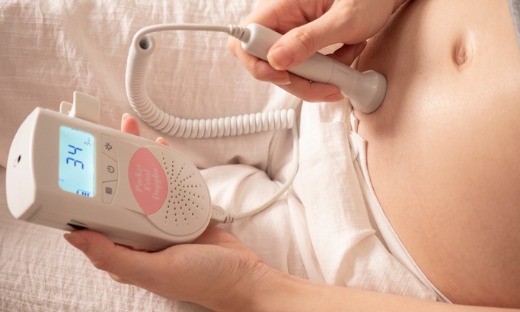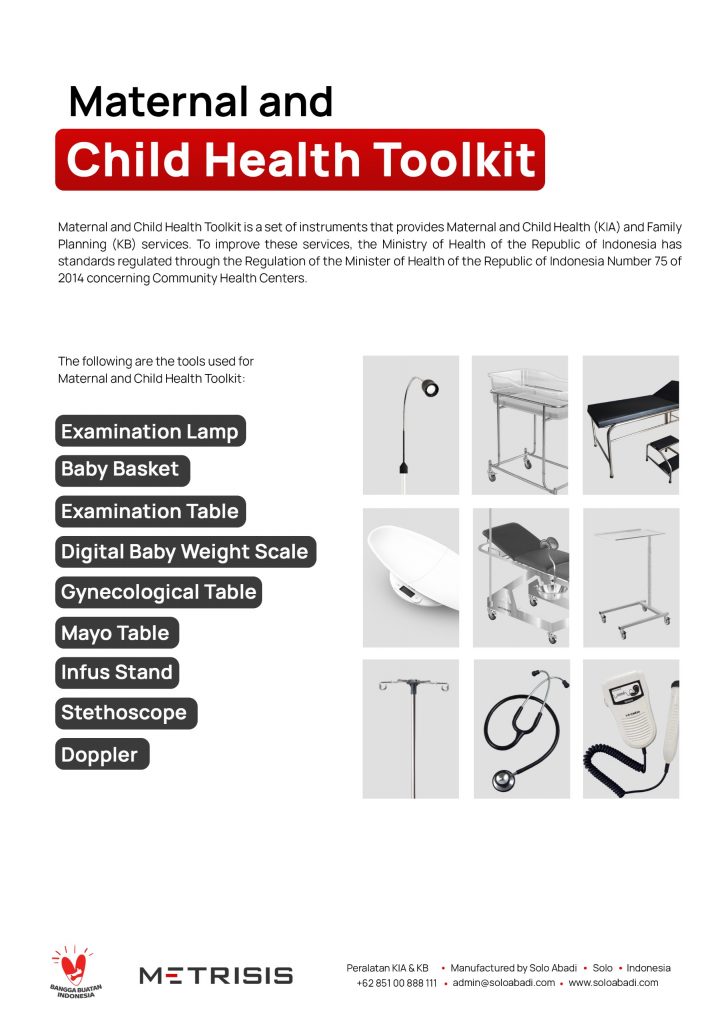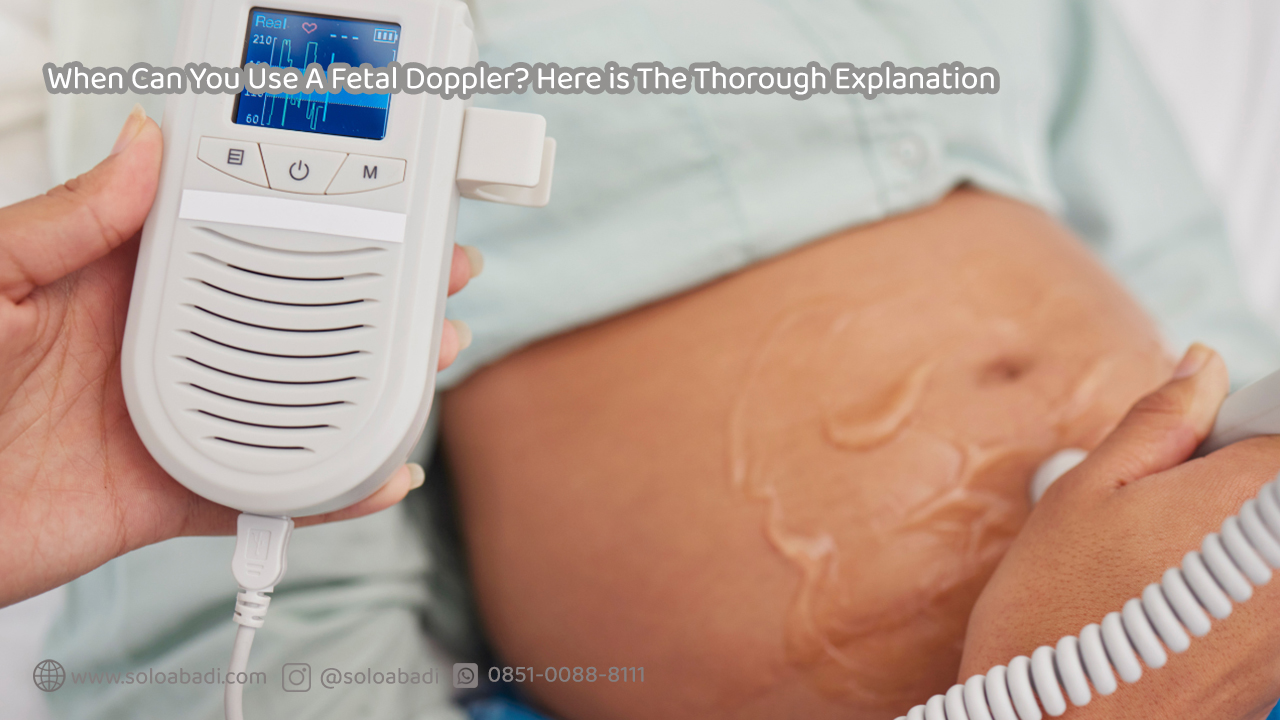When can you use a fetal doppler? This article will provides a comprehensive overview of when and how to use a fetal Doppler, highlighting its benefits, limitations, and the importance of professional guidance.
Pregnancy is an exciting journey filled with anticipation and curiosity about the growing life inside. One of the most thrilling moments for expectant parents is hearing their baby’s heartbeat for the first time. A fetal Doppler, a handheld ultrasound device, allows you to listen to your baby’s heartbeat from the comfort of your own home.
But when is the right time to start using it, and how should it be used? Here’s a thorough explanation.
What is a Fetal Doppler?
A fetal Doppler is a device that uses ultrasound waves to detect the heartbeat of a fetus. It’s a non-invasive tool that transmits sound waves through the abdomen and picks up the sound of the baby’s heart, which is then amplified and played back through a speaker. This device is commonly used by healthcare providers during prenatal visits, but at-home versions are also available for personal use.
When Can You Start Using a Fetal Doppler?
The optimal time to start using a fetal Doppler at home is around 12 to 14 weeks of pregnancy. At this stage, the baby’s heart is usually strong enough to be detected by the device. However, some fetal Dopplers might be sensitive enough to pick up a heartbeat as early as 8 to 10 weeks.

It’s important to note that detecting the heartbeat early on can be challenging, and failing to hear it doesn’t necessarily indicate a problem. The position of the baby, the location of the placenta, and the mother’s body type can all influence how easily the heartbeat is detected.
How to Use a Fetal Doppler Safely
- Consult Your Healthcare Provider:
Before using a fetal Doppler at home, it’s essential to discuss it with your healthcare provider. They can give you advice on proper usage and help set realistic expectations. - Use It Sparingly:
While fetal Dopplers are considered safe, it’s recommended to use them sparingly and only for short periods. The sound waves emitted by the device are non-ionizing, meaning they don’t carry the same risks as other types of radiation, but moderation is key. - Follow the Instructions:
Read the manual that comes with your device thoroughly. Each fetal Doppler may have specific instructions for use, including how to position the device and how to interpret the sounds you hear. - Apply Gel:
To improve the transmission of sound waves, apply a generous amount of ultrasound gel to your lower abdomen. This helps the device pick up the baby’s heartbeat more clearly. - Be Patient:
It might take some time to find the heartbeat, especially in the early stages of pregnancy. Move the Doppler slowly across your abdomen, angling it slightly in different directions until you pick up the sound. - Know What to Listen For:
The baby’s heartbeat typically sounds like a rapid, galloping rhythm. It’s much faster than an adult heartbeat, usually ranging between 120 to 160 beats per minute.
Benefits and Limitations of Using a Fetal Doppler
Here are the benefits and limitations of using a fetal doppler you need to know:
Benefits:
- Reassurance: Hearing your baby’s heartbeat can provide comfort and reassurance, especially between prenatal visits.
- Bonding: It offers an early way to bond with your baby and share the experience with your partner or family members.

Limitations:
- False Alarms: Not finding the heartbeat can cause unnecessary anxiety. This might happen because of the baby’s position, the user’s experience, or the device’s sensitivity.
- Overuse Concerns: Though generally safe, overusing a fetal Doppler without professional guidance can lead to undue stress or, conversely, a false sense of security.
When to See a Healthcare Provider
While a fetal Doppler can be a great tool for home use, it should never replace professional medical advice. If you ever have concerns about your pregnancy or your baby’s health, contact your healthcare provider immediately. They can provide a thorough examination and use more advanced equipment if necessary.
A fetal Doppler can be a valuable tool for expectant parents, allowing them to experience the joy of hearing their baby’s heartbeat at home. However, it’s crucial to use it appropriately and understand its limitations. Starting around 12 to 14 weeks of pregnancy is generally the best time to begin, and always ensure you’re using the device in consultation with your healthcare provider. Remember, while a fetal Doppler can offer reassurance, it’s not a substitute for regular prenatal care.
Best Maternal and Child Health Toolkit to Improve Prenatal Care in Clinics
Metrisis – Maternal and Child Health Toolkit produced by PT Solo Abadi Indonesia can be an excellent choice for enhancing the facilities for prenatal check-ups at healthcare units. This Maternal and Child Health Toolkit set is made from the finest materials and designed with ergonomic principles in mind.

Contact Now and Get Metrisis Product with the Best Prices
Order health equipment that meets the Health Experts’ standards at the best price from Solo Abadi through several methods. For Indonesian agency purchases, items can be acquired directly through the e-catalog in the health equipment display case. You can also connect with us directly via WhatsApp, and we will contact you promptly.


